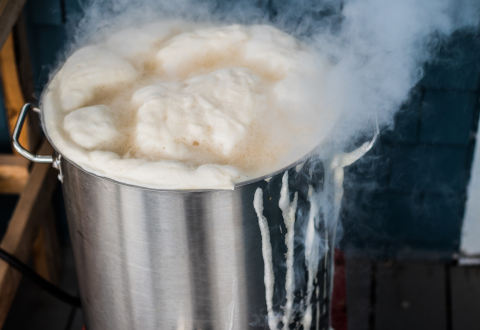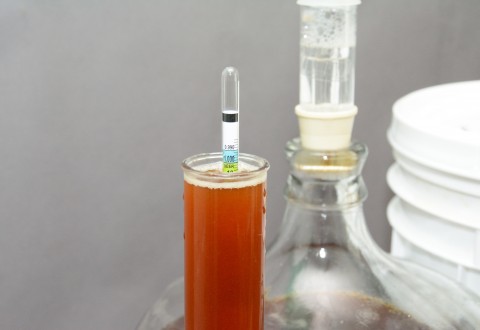Cart 0 Product Products Amount:
(empty)
(empty)
Your cart
Your cart
Together:
No products
To be determined Shipping:
0,00 zł Total:
Product successfully added to your shopping cart (There are 0 items in your cart.) (There is 1 item in your cart.)
Product:
Quantity:
Total:
Total products
Total shipping To be determined
Total

Blog categories
Do you want to start brewing beer at home but don't know anything about it? Check out our blog. We share our knowledge with those who take their first brewing steps, as well as with those who already brew. Home brewing is not difficult!
Top sellers
-

-

-

-

Muslin hop boiling bag 1 piece
Reusable muslin mesh. Perfect for cooking hops and other spices, cold...
4,50 zł -

2
5778
Data publikacji:
04
AUG
2020
Brewing with mash - a real home brewery!
Udostępnij:
COPYRIGHT 2020 Twój Browar ALL RIGHTS RESERVED Design and implementation dih.pl
















 Everyone must have seen TV commercials for beer, with fields of grain rolling to the horizon. In addition, the soothing voice of the lecturer informing us about the real natural beer that was made of barley and spring water. Usually, however, this ends the television introduction to brewing without explaining how grains turn into beer, which in the Czech Republic is even called "tekutý chléb" or liquid bread.
Everyone must have seen TV commercials for beer, with fields of grain rolling to the horizon. In addition, the soothing voice of the lecturer informing us about the real natural beer that was made of barley and spring water. Usually, however, this ends the television introduction to brewing without explaining how grains turn into beer, which in the Czech Republic is even called "tekutý chléb" or liquid bread.

Dodaj komentarz
2 komentarze